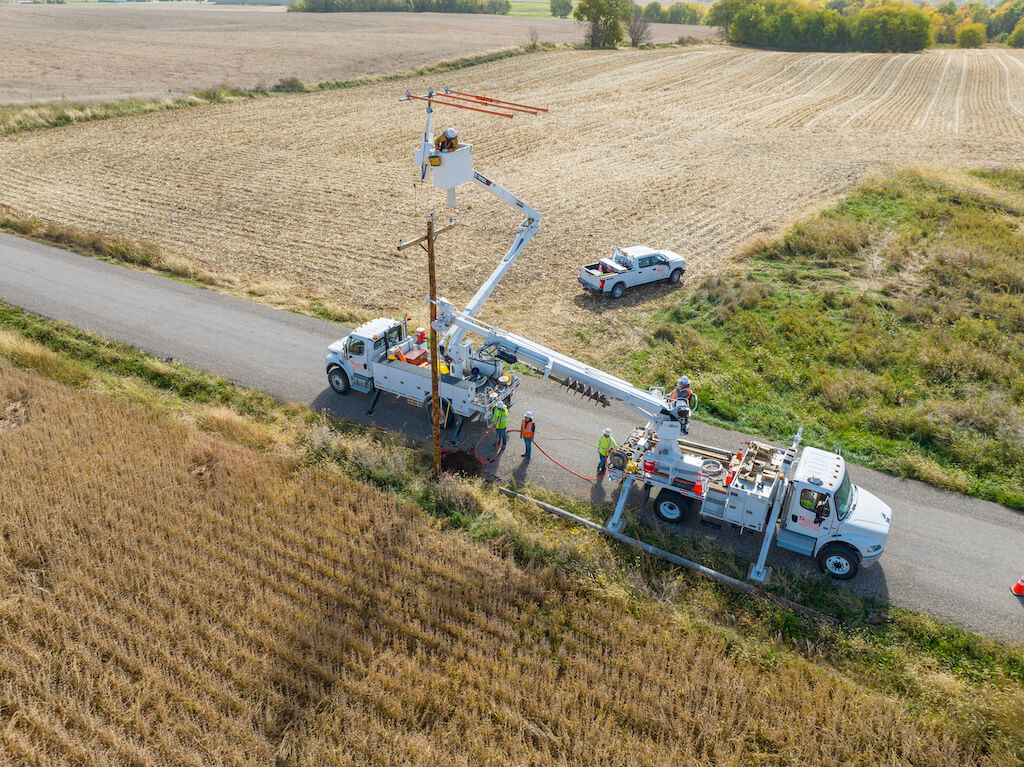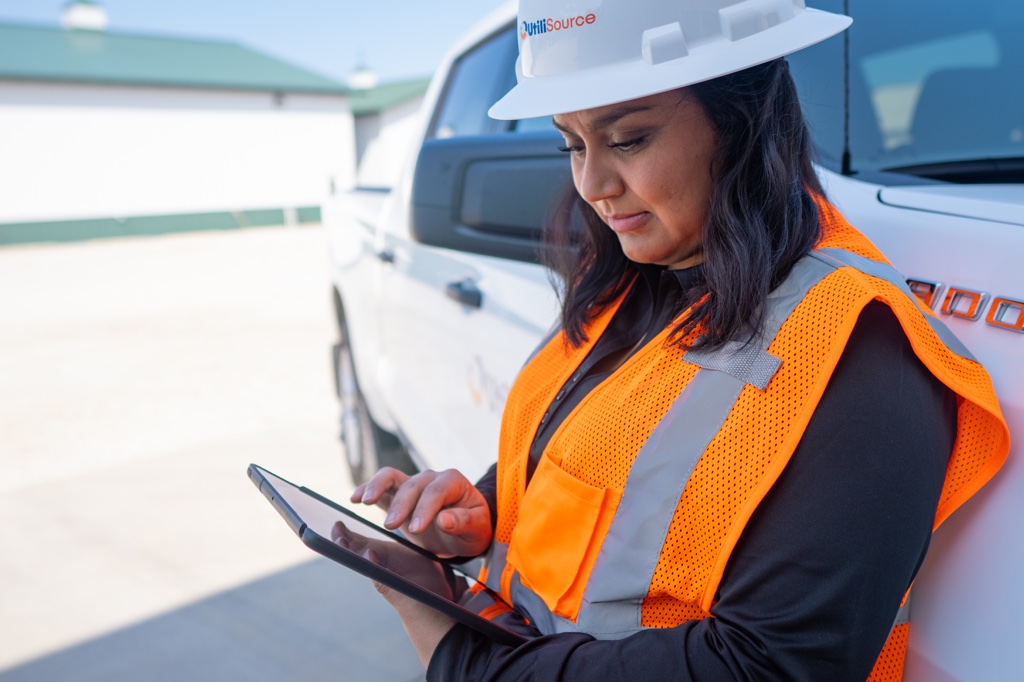Utility mapping is an important step of any project that requires excavation. Utility mapping software streamlines the process and makes your life easier.
What is Utility Mapping?
Underground utility mapping is a process that involves using geophysical techniques to create a digital map of things buried underground. This process identifies and documents underground utilities. It may include natural gas lines, water lines, pipes, telecommunications lines, and other wiring or pipes buried in the ground.
The two types of technology most often used are ground penetrating radar (GPR) and electromagnetic induction (EMI). EMI uses a transmitter and a receiving antenna to send electric current to the utility lines. GPR uses electromagnetic energy to locate items buried underground. Using EMI and GPR together is the best and most efficient way to accurately map utility lines.
GPR works by sending radio waves into the ground. When locating subsurface objects, the radar signals are interpreted, creating a visual of what’s going on underneath the surface. Whether it’s cables, pipes, structures, or other public utilities, ground penetrating radar can detect any buried object.
GPR is unique in its ability to work on any type of surface, including pavement, rock, soil, and concrete. However, in some cases the high frequency waves are limited by excessive moisture. The limitations of GPR are only relevant in cases of excess water. It is important to note that penetration depth of GPR systems will not be affected in light rain.
Incomplete data collection for utility mapping may cause problems during construction. Often, utility companies and other entities may only have access to incomplete data. Innovations in utility mapping software have removed the need for paper records and have digitized the process.
Integrate GPR systems with digital portals to automatically create digital maps. Locating underground utilities is one of the most important steps of project planning. These underground utility location maps protect the safety of your crews and reduce the chance of a utility strike.
Not only does utility mapping increase on-site safety, it also leads to more efficient workflows and money savings. Damage to buried lines is expensive and dangerous. Reduce the need for paper processes and easily access valuable site data from anywhere with utility mapping software like FieldSource.
The Importance of Mapping Underground Utilities
Mapping underground utilities is extremely important before breaking ground. These maps accurately show the positions of any buried utilities. It is essential to know exactly what’s going on below the surface before you dig.
Knowing exactly where utility are located:
- Minimizes risk
- Increases safety
- Reduces project planning times
- Minimizes utility strikes
- Reduces cost
Properly mapping utilities will give you and your crews the information you need to confidently dig during a project. Avoid unnecessary utility strikes and surprises. Minimize risk before excavation and ensure the success of your projects with utility mapping surveys.
The Benefits Utility Mapping Software with GPR Signals
- Collecting GPR data is non-invasive.
One of the biggest benefits to using GPR is that it is noninvasive. Because this technology uses radio waves to locate objects, no digging or other measures need to be made before locating can occur. Utilities can easily be located and marked with a flag or paint. Collect reliable data quickly and efficiently with noninvasive GPR.
In addition, using GPR means that underground utilities can operate during the locating process. No need to shut them off and disrupt service.
- GPR can detect anything buried in the ground.
Another huge advantage to GPR is that it can locate anything in the ground. Ground penetrating radar works by measuring the difference in conductivity of objects. Objects buried underground have different properties than the soil, allowing GPR to find it.
Common utilities that GPR can easily locate include:
- Telecommunication lines
- Water lines
- Gas lines
- pipes/piping
- Valves
- Septic tanks
- Underground storage tanks
- Electricity lines
GPR can be used to locate anything in the ground. In fact, it can even detect anomalies in the soil such as sinkholes.
- GPR equipment is easy to use.
With some training, anyone can use GPR systems and collect reliable data. Once someone is trained on how to use the GPR cart, utilities can quickly and easily be mapped accurately.
Simplifying Underground Utility Mapping with FieldSource
Innovations in technology have led to streamlined utility mapping processes. Easily keep track of all your documents and create utility survey maps in real time with FieldSource. Manage all of your 811 locate tickets and other documents from one easy to use interface.
Using underground utility mapping software like FieldSource will save your crews time and save you money. All of your utility data is in one place that can be accessed from anywhere. All the tools you need, all in one place. Get the most out of your field data with FieldSource.



